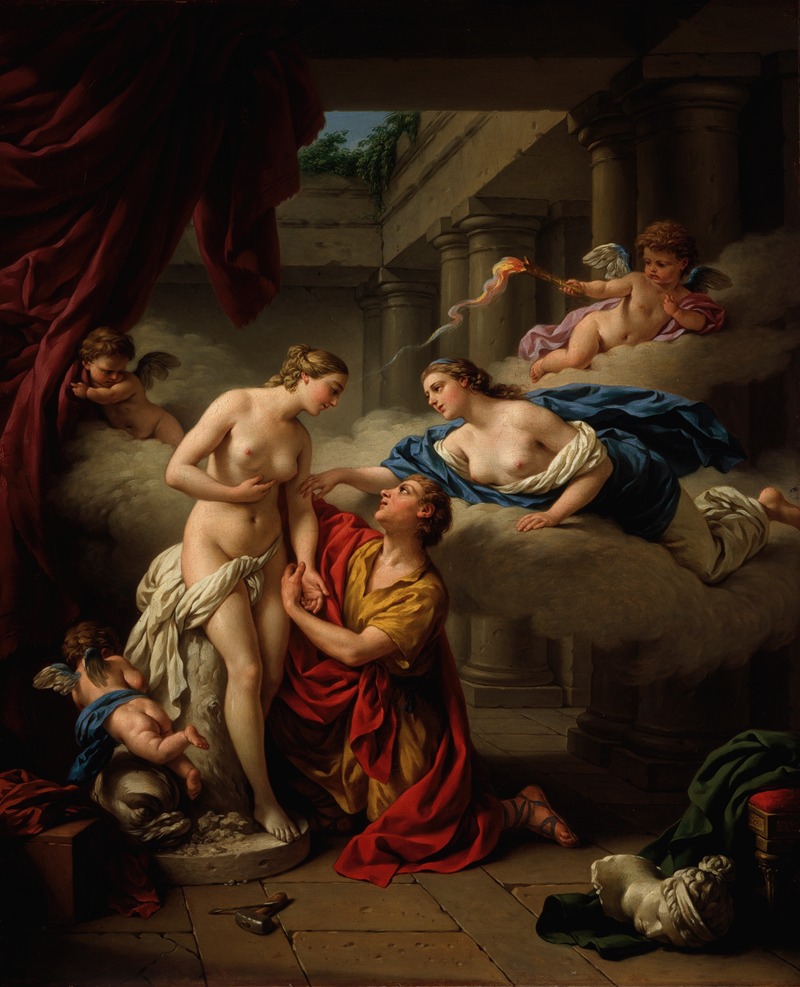
Pygmalion and his statue
A hand-painted replica of Louis-Jean-François Lagrenée’s masterpiece Pygmalion and his statue, meticulously crafted by professional artists to capture the true essence of the original. Each piece is created with museum-quality canvas and rare mineral pigments, carefully painted by experienced artists with delicate brushstrokes and rich, layered colors to perfectly recreate the texture of the original artwork. Unlike machine-printed reproductions, this hand-painted version brings the painting to life, infused with the artist’s emotions and skill in every stroke. Whether for personal collection or home decoration, it instantly elevates the artistic atmosphere of any space.
"Pygmalion and his Statue" is a painting by the French artist Louis-Jean-François Lagrenée, created in 1781. Lagrenée was a prominent painter during the 18th century, known for his works that often depicted mythological and historical subjects. This particular painting draws its inspiration from the ancient myth of Pygmalion, a story that originates from Ovid's "Metamorphoses."
The myth of Pygmalion tells the tale of a sculptor who falls in love with a statue he has carved. Disenchanted with the women around him, Pygmalion creates an ivory statue representing his ideal of womanhood. He becomes enamored with his creation, treating it as if it were alive. Moved by his devotion, the goddess Venus brings the statue to life, and Pygmalion marries her. This story has been a popular subject in art and literature, symbolizing themes of love, transformation, and the power of art.
Lagrenée's interpretation of this myth captures the moment of transformation, a common focal point for artists depicting this narrative. The painting is characterized by its Rococo style, which was prevalent during Lagrenée's time. This style is known for its ornate detail, lightness, and elegance, often incorporating themes of love and mythology.
In "Pygmalion and his Statue," Lagrenée employs a soft color palette and delicate brushwork to convey the ethereal quality of the scene. The figures are rendered with grace and fluidity, typical of the Rococo aesthetic. Pygmalion is depicted with an expression of awe and adoration as he gazes upon his creation, while the statue, now a living woman, is portrayed with a gentle, lifelike presence.
The painting reflects the artistic trends of the late 18th century, a period when mythological subjects were popular among European artists. Lagrenée's work is a testament to the enduring appeal of classical myths and their adaptability to various artistic styles and cultural contexts.
Louis-Jean-François Lagrenée was a member of the French Royal Academy of Painting and Sculpture and served as a court painter. His works were well-regarded during his lifetime, and he received numerous commissions from the French aristocracy. "Pygmalion and his Statue" exemplifies his skill in narrative painting and his ability to capture the emotional depth of mythological stories.
Today, Lagrenée's painting is appreciated for its artistic merit and its contribution to the rich tradition of mythological art. It serves as a reminder of the timeless nature of classical myths and their capacity to inspire artists across generations. The painting is housed in the collection of the State Hermitage Museum in Saint Petersburg, Russia, where it continues to be admired by visitors from around the world.





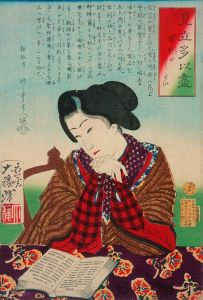
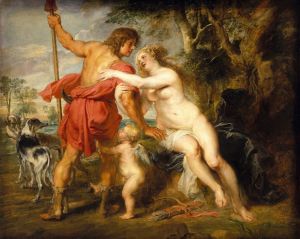
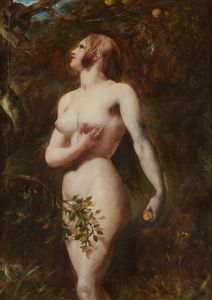
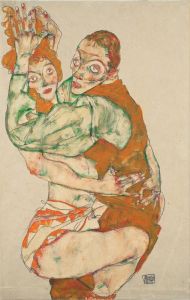
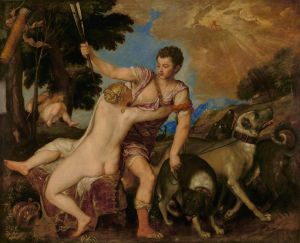
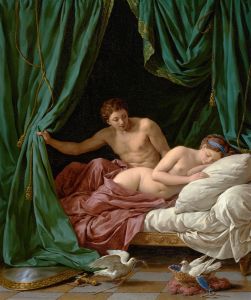
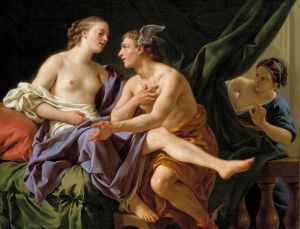
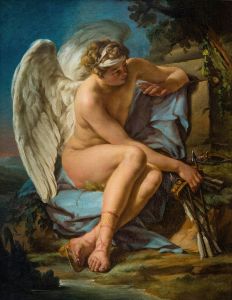
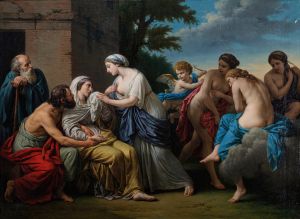

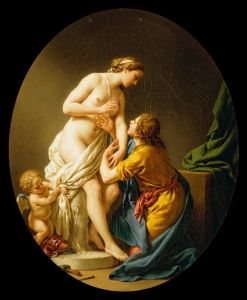
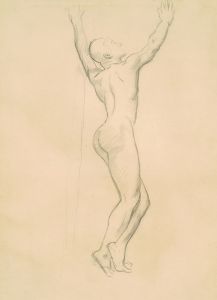
![A Woman and a Horse, Let Someone Else Master Them [The Horse-Abductor]](/imgs/264582/s/francisco-de-goya-a-woman-and-a-horse-let-someone-else-master-them-the-horseabductor-5fe8d731.jpg)